Spiritual enlightenment is one of the most elusive ideas in our lives. Nobody actually knows what it is, apart from a few people who are indeed enlightened. We don’t know who they are, as we don’t know what enlightenment is, and whether those people are honest or not, after all. If they are truly enlightened, they don’t talk about it, as there is no need for that, or it’s simply indescribable.
We could even say that every attempt to explain enlightenment or talk about it is rude or presumptuous. Maybe it is, but sometimes we simply are too curious and bold to do such things. Nonetheless, if we want to talk about enlightenment, we have to define it in the first place. It’s not an easy task, however, and in this article I will use two sources: enlightenment as considered by some of the eastern spiritual traditions (as western traditions can have a completely different understanding of this term), and spiritual symbolism that can be found in modern physics. If we want to talk about enlightenment, we have to define it in the first place.
Eastern Traditions
The idea of spiritual enlightenment is present in all of the eastern spiritual traditions. The main four of them are Buddhism, Hinduism, Taoism, and Jainism, which offer these terms:
Although differing greatly in their views on enlightenment and one’s supposed path to it, these ancient spiritual traditions seem to agree upon this: enlightenment is a permanent, irreversible state of highest happiness, perfect stillness, inner freedom, liberation from suffering and rebirth, and realization of the highest truth. Ancient spiritual traditions seem to agree upon this: enlightenment is a permanent, irreversible state of highest happiness, perfect stillness, inner freedom, liberation from suffering and rebirth, and realization of the highest truth.
Stages of Becoming Enlightened
In my opinion, it is not possible to distinguish any levels of enlightenment itself, as it is the final stage of awakening, the absolute liberation (whatever that means) and as such unequivocal and definite. However, as there are many paths leading to it, there are numerous stages leading to that state, too. For example, in Theravada Buddhism,[1] there are four stages of enlightenment. In this case, I would re-formulate this overview as the stages to enlightenment, except the fourth stage, which refers to the attributes of an enlightened human being.
These stages represent signposts on the gradual path of expansion of consciousness that leads toward the final goal, liberation. Some spiritual traditions, however, like Zen Buddhism or Dzogchen, have a rapid or sudden approach to attaining enlightenment. Through their practices, they are trying to swiftly leave the mind behind and realize the Truth. While that approach is simpler and seemingly faster, it has its traps and may easily lead to a false sense of enlightenment. [1] Source: https://en.wikipedia.org/wiki/Four_stages_of_enlightenment Some spiritual traditions, however, like Zen Buddhism or Dzogchen, have a rapid or sudden approach to attaining enlightenment.
There are also people, for whom the spiritual work is not necessary for achieving the final liberation. These relatively rare individuals apparently have mysterious inherent abilities and pre-conditions for attaining enlightenment. They usually achieve liberation suddenly, with little or no effort at all.
Here is an amazing story of Eckhart Tolle’s awakening: “One night not long after my twenty-ninth birthday, I woke up in the early hours with a feeling of absolute dread. (…) ‘I cannot live with myself any longer.’ This was the thought that kept repeating itself in my mind. Then suddenly I became aware of what a peculiar thought it was. ‘Am I one or two? If I cannot live with myself, there must be two of me: the ‘I’ and the ‘self’ that ‘I’ cannot live with.’ ‘Maybe,’ I thought, ‘only one of them is real.’ I was so stunned by this strange realization that my mind stopped. I was fully conscious, but there were no more thoughts. Then I felt drawn into what seemed like a vortex of energy. It was a slow movement at first and then accelerated. I was gripped by an intense fear, and my body started to shake. I heard the words ‘resist nothing,’ as if spoken inside my chest. I could feel myself being sucked into a void. It felt as if the void was inside myself rather than outside. Suddenly, there was no more fear, and I let myself fall into that void. I have no recollection of what happened after that. I was awakened by the chirping of a bird outside the window. I had never heard such a sound before. My eyes were still closed, and I saw the image of a precious diamond. Yes, if a diamond could make a sound, this is what it would be like. I opened my eyes. The first light of dawn was filtering through the curtains. Without any thought, I felt, I knew, that there is infinitely more to light than we realize. That soft luminosity filtering through the curtains was love itself. Tears came into my eyes. I got up and walked around the room. I recognized the room, and yet I knew that I had never truly seen it before. Everything was fresh and pristine, as if it had just come into existence. I picked up things, a pencil, an empty bottle, marveling at the beauty and aliveness of it all. That day I walked around the city in utter amazement at the miracle of life on earth, as if I had just been born into this world.
0 Comments
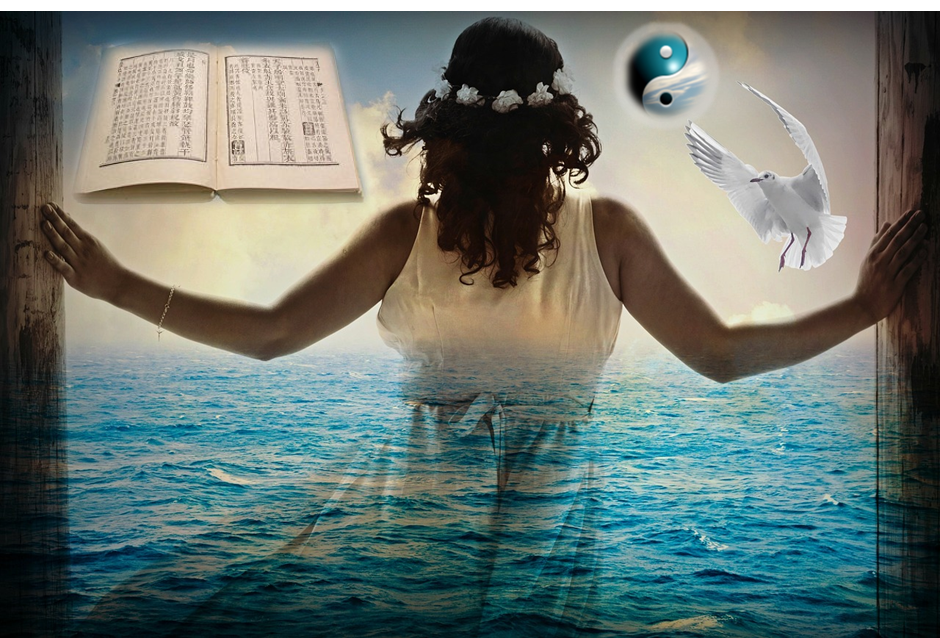
Would you like to have a wise life guide, available with their reliable answers all day long, 24/7? Wouldn’t be great to ask him or her any question related to your life challenges, relationship issues, important decisions, or virtually anything else that your curiosity might demand? Yes, it is absolutely possible with the ancient Chinese book of wisdom, called the I Ching. You can communicate with it pretty easily using various tools which I will present later on.
The process of consulting the I Ching is not some mumbo-jumbo. It is a serious process of learning in which we are facing our own responsibility for life. We are also learning to open our minds, to question everything, to embrace both our excellence and vulnerability, and, most importantly, to open our hearts. It’s an ancient practice of tapping into a vast field of wisdom and knowledge, the knowledge which is already present in ourselves and in the collective consciousness of the Mankind. The process of consulting the I Ching is not some mumbo-jumbo. It is a serious process of learning in which we are facing our own responsibility for life. We are also learning to open our minds, to question everything, to embrace both our excellence and vulnerability, and, most importantly, to open our hearts.
I was convinced in all of this repeatedly for the last twenty-five or so years. When I encountered the Book for the first time, I was suspicious and even derisive of it. However, after some time, I realized that “there was something to it.” Not only that, I had been increasingly amazed at the depth and profoundness of its symbolic guidance. Over time, it has greatly contributed to my spiritual and emotional maturity and I’ve seen that same effect on other people as well.
So, the Book of Changes or I Ching is not a usual book. In fact, it is a comprehensive philosophical system which covers virtually all aspects of life and existence in general, with its 8 basic “trigrams” (compositions of three different horizontal lines) and 64 “hexagrams” (each consisting of six lines). Therefore, it is not primarily intended for divination. It is a deep and complex philosophical and spiritual teaching. You can do both – read it and ask it for answers. Nevertheless, its coaching power is immense. Its symbolical responses are intricate and multi-layered, with both direct meaning related to the question and the description of the overall situation, its various aspects, and advice what to do and how to behave. The Book’s answers consist of one or two hexagrams, each with a symbolic meaning that can be applied to virtually every life situation. I know that many of you are eager to find out how to get these wise answers, but still, I would strongly recommend that you first delve a little bit into the Book’s metaphysical foundations, in order to adjust your subconscious mind to its powerful collective energy. By doing this way, you will more easily establish an effective communication, pose the best questions and understand the Book’s responses. The Book’s answers consist of one or two hexagrams, each with a symbolic meaning that can be applied to virtually every life situation.
Fundamental Concepts of the Book
The I Ching is based on the Taoist understanding of changes of the two basic aspects of existence - Yin (female, passive principle) and Yang (male, active principle), and their dynamic relationship. Yin and Yang are seemingly two opposites, but essentially, they are two complementary images of the same underlying reality. In ancient China, this reality is called Tao. The I Ching is based on the Taoist understanding of changes of the two basic aspects of existence - Yin (female, passive principle) and Yang (male, active principle), and their dynamic relationship.
The Tai Chi symbol usually represents their dynamic interrelationship:
The Tai Chi symbol tells us that these two basic forces are always interconnected and fluctuating. When you go around the circle of the symbol, you will see that one of them is getting stronger, while the other is decreasing, and vice versa. The dots inside each of them represent the seeds of the other force, arising within it.
The message is deep, yet quite simple: life is based on two complementary, indivisible principles, active and passive. They are always changing. When one of them is at its peak, it will inevitably transform into its opposite. The other principle arises. The message of Yin and Yang to all of us, in all circumstances, is simple, yet enlightening: This, too, shall pass. Characteristics of Two Basic Principles The following characteristics are attributed to Yin and Yang: Yin: Female, Passive, Dark, Material, Earth, Negative, Low, Smooth, Warm Yang: Male, Active, Bright, Spiritual, Celestial, Positive, High, Strong, Cold Above stated features never imply anything bad or wrong. Even the “dark,” “cold or “negative” do not really mean something bad. They are simply neutral attributes that can be considered as “good” or “bad” only by the limited human mind in specific conditions. The two fundamental principles are being represented by two types of lines: broken (yin) and solid (yang) line, as shown in the figures below.
These two types of lines may form the so-called “trigrams” (compositions of three successive lines) or “hexagrams” (combinations of six consecutive lines). Here is an example of trigram:
Now, let's take a look at a hexagram:
|
Please note that most of the articles have a "Read More" break, which is sometimes hardly visible.
It is located at the bottom of visible part of the article, on the right side. To continue reading the article, click on that link. This page may contain affiliate links meaning we earn a commission if you use those links.
We only recommend pages we appreciate and trust. Archives
March 2023
Categories
All

|
For guest posts or placing ads on our website, please use the contact form on the 'About/Contact Us' page.
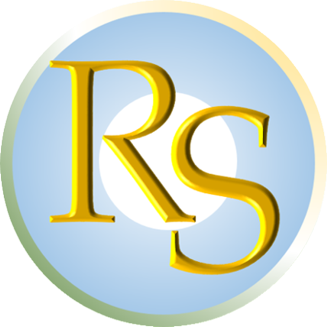
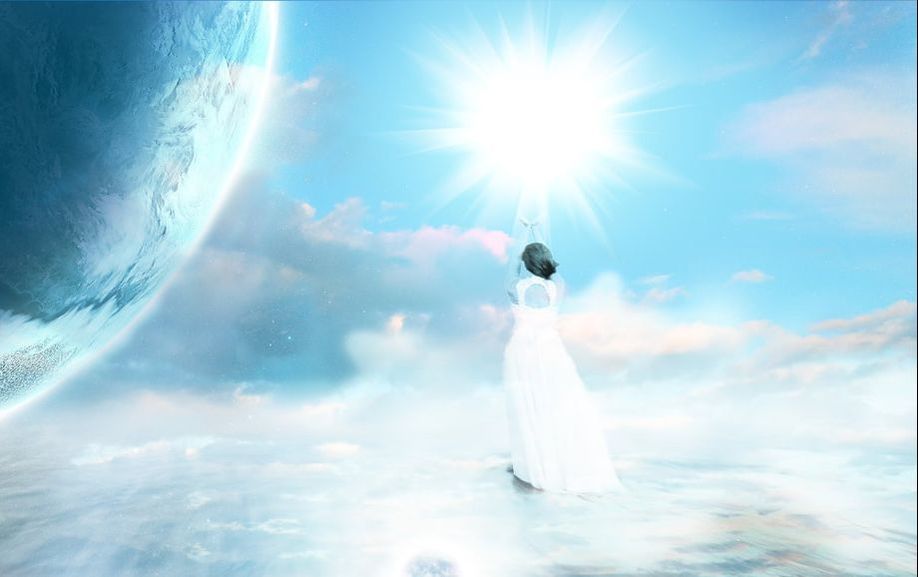

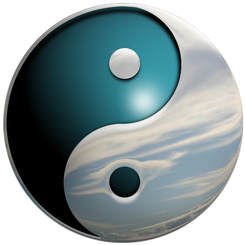


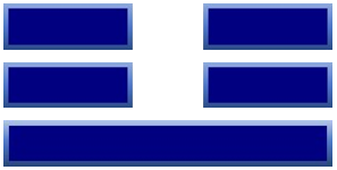
 RSS Feed
RSS Feed

